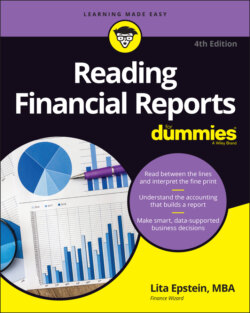Читать книгу Reading Financial Reports For Dummies - Lita Epstein - Страница 43
Getting familiar with reporting requirements
ОглавлениеA company must meet several requirements to keep its corporate veil of protection in place. For example, corporations must hold board meetings, and the minutes from those meetings detail the actions the company must take to prove it's operating as a corporation. The actions that must be shown in the minutes include:
Establishment of banking associations and any changes to those arrangements
Loans from either shareholders or third parties
The sale or redemption of stock shares
The payment of dividends
Authorization of salaries or bonuses for officers and key executives (Yep, those multimillion-dollar bonuses you've been hearing about as major corporate scandals must be voted on in board meetings. The actual list of salaries doesn't have to be in the minutes but can be included as an attachment.)
Any purchases, sales, or leases of corporate assets
The purchase of another company
Any merger with another company
Changes to the Articles of Incorporation or bylaws
Election of corporate officers and directors
These corporate minutes are official records of the company, and the IRS, state taxing authorities, and courts can review them. If a company and its owners are sued and the company wants to invoke the veil of corporate protection, it must have these board minutes in place to prove that it operated as a corporation.
If a C corporation's ownership is kept among family and friends, it can be flexible about its reporting requirements. However, many C corporations have outside investors and creditors who require formal financial reporting that meets GAAP standards (for more on this topic, see Chapter 17). Also, most C corporations must have their financial reports audited. I talk more about the auditing process in Chapter 17.
